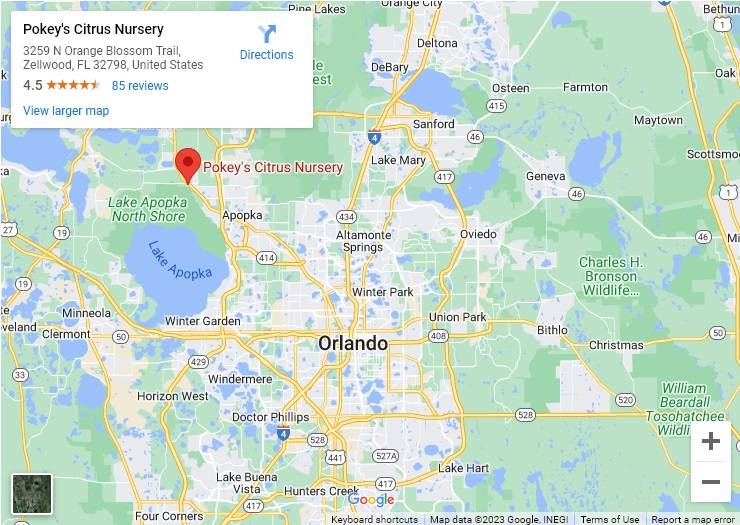| Common Names | Pindo Palm, Wind Palm, Jelly Palm |
| Scientific Name | Butia Capitata |
| Hardiness Zones | 8a-11 |
| Mature Height | 15-20 Feet |
| Growth Rate | Slow |
| Flower Prominence | Inconspicuous |
| Water Needs | Very Drought Tolerant |
| Cold Tolerance | Very Cold Hardy |
| Light Needs | Full Sun to Partial Shade |
| Price Point | Medium |
This is the palm tree most people visualize when they think of “palm trees.” Feathery leaves in graceful, 5-10 foot curves and a textured trunk (1 to 1.5 feet) combine as a great accent feature in your landscape, fitting well into small venues like courtyards and entries. Since they’re slow growers, you might want to think about purchasing a halfway mature specimen. When properly watered and fed, it can thrive in the hottest of climates. This species yields large showy clusters of juicy, bright orange fruit, often called “Pindo dates” in the Deep South.
Their lovely flavor lends itself well to jams and jellies. You’ll want to plant them about 10 feet away from walkways or patios, as the fruit is messy when it falls to the ground. Great looking as a free standing specimen, for example, in a bricked well. It also makes a handsome show when it’s grouped with other Pindos.

